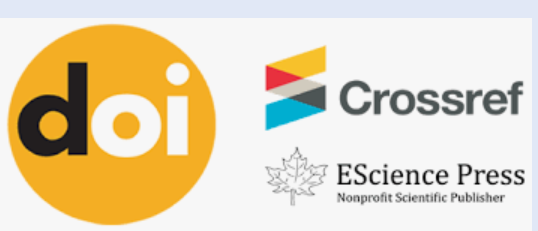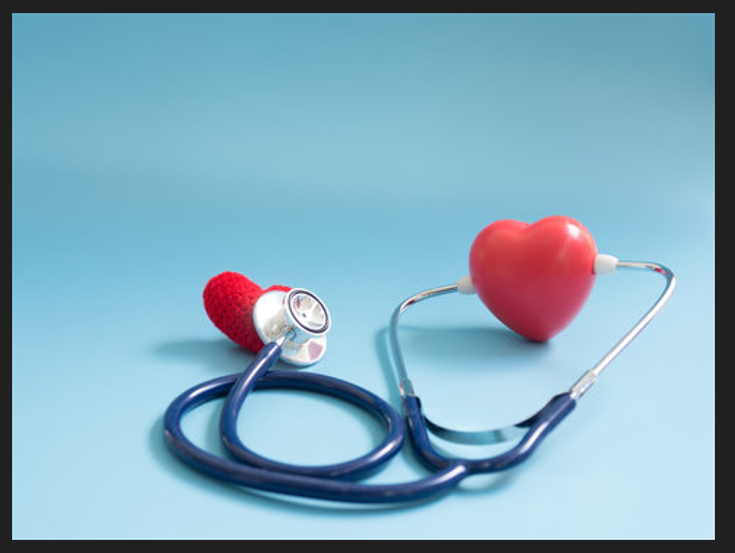FLAVONOID-LOADED CHITOSAN NANOGELS: PHYSICOCHEMICAL CHARACTERIZATION AND ANTIBACTERIAL EFFICACY AGAINST DIABETIC WOUND PATHOGENS
DOI:
https://doi.org/10.64105/h9kv4186Abstract
Diabetic wounds are among the most challenging complications of diabetes mellitus, often marked by delayed healing and persistent infections caused by resistant pathogens such as Staphylococcus aureus, Escherichia coli, and Pseudomonas aeruginosa. Conventional treatments are hindered by limited tissue penetration, increasing bacterial resistance, and poor patient compliance, creating a need for novel therapeutic approaches. Flavonoids, natural polyphenolic compounds, are known for their antimicrobial and wound-healing properties. This study aimed to overcome the limitations of traditional therapies by developing flavonoid-loaded chitosan nanogels and evaluating their physicochemical and antibacterial properties. The nanogels were formulated using ionotropic gelation, with particle characterization through dynamic light scattering and zeta potential analysis. The physicochemical assessment revealed suitable pH values (6.2–6.8), viscosities ranging from 825.12 ± 12.22 cP (luteolin) to 2110 ± 14 cP (apigenin), and spreadability between 10.40 ± 0.21 g·cm/s (naringenin) and 13.10 ± 0.20 g·cm/s (kaempferol). Particle sizes ranged from 112.35 ± 1.55 nm (naringenin) to 412.8 ± 3.3 nm (luteolin), with zeta potentials varying from +11.7 ± 5.9 mV (kaempferol) to +37.4 ± 2.1 mV (luteolin), demonstrating good colloidal stability. Antibacterial testing revealed that luteolin nanogel exhibited the most potent broad-spectrum activity, with inhibition zones of 28.7 ± 0.50 mm against S. aureus, 26.9 ± 0.25 mm against E. coli, and 24 ± 0.25 mm against P. aeruginosa. MIC results showed apigenin (31.25 ± 0.25 µg/mL for S. aureus and P. aeruginosa) and kaempferol (16 ± 0.25 µg/mL for P. aeruginosa) as the most effective growth inhibitors. MBC assays confirmed apigenin as the most bactericidal, requiring only 4 ± 0.25 µg/mL for S. aureus. In conclusion, flavonoid-loaded chitosan nanogels demonstrated strong antibacterial properties, with luteolin showing broad-spectrum inhibition, and apigenin and kaempferol exhibiting the lowest MIC and MBC values, positioning them as promising candidates for diabetic wound management.
Keywords:
Flavonoids, Chitosan nanogels, Diabetic wounds, Antibacterial activity, Apigenin





